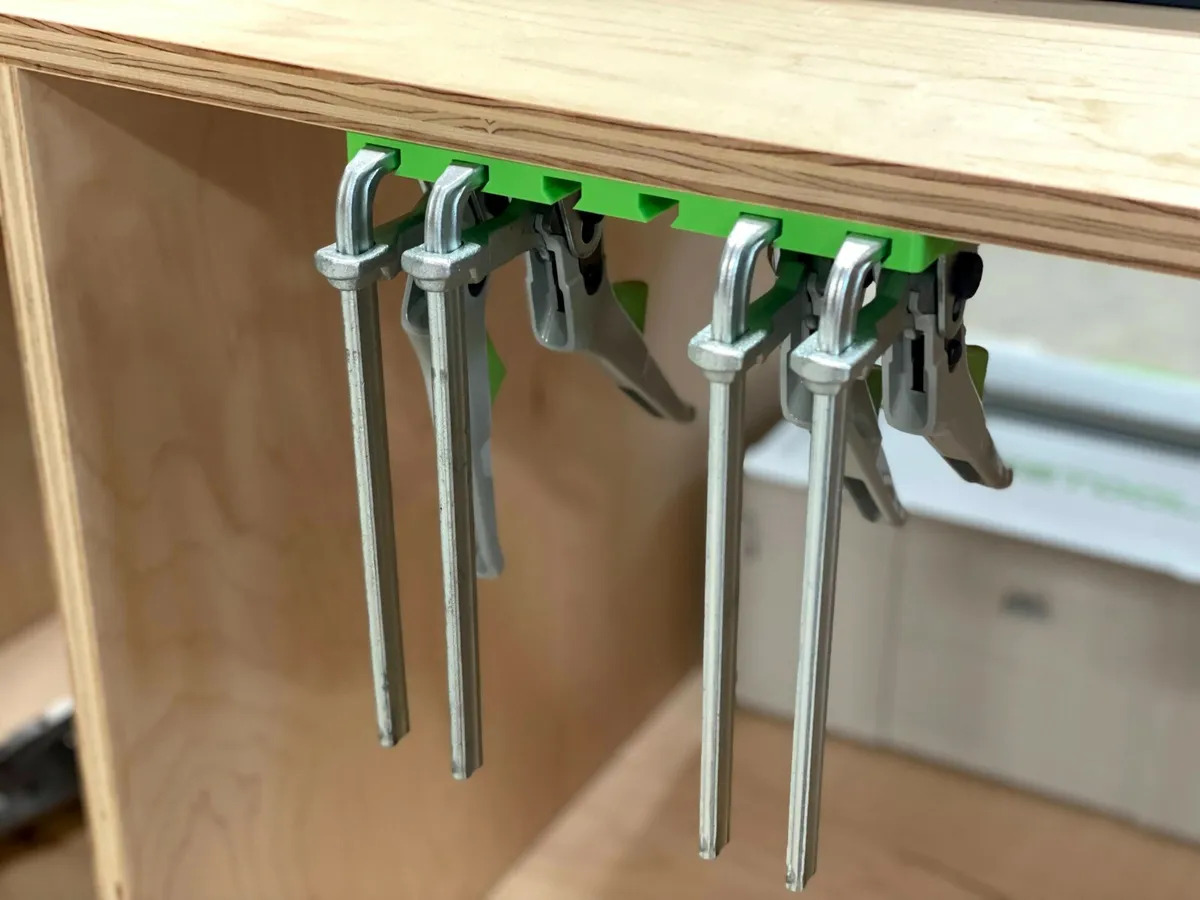

Articles
How To Store Clamps
Modified: January 21, 2024
Learn how to store clamps properly with these helpful articles. Find tips and techniques for organizing and maintaining your clamps for easy access and longevity.
(Many of the links in this article redirect to a specific reviewed product. Your purchase of these products through affiliate links helps to generate commission for Storables.com, at no extra cost. Learn more)
Introduction
Clamps are an essential tool for any woodworking, metalworking, or DIY enthusiast. They help secure materials, provide stability, and ensure accurate cuts and joints. However, storing clamps can be a challenge if not done properly. Improper storage can lead to damage, rust, and difficulty in finding the right clamp when you need it. In this article, we will explore different types of clamps, the importance of proper storage, factors to consider when storing clamps, and some recommended storage solutions.
Key Takeaways:
- Proper clamp storage is crucial for protecting your investment, maintaining an organized workspace, and streamlining your work process. Consider factors like space, accessibility, and protection when choosing a storage solution.
- Explore various storage options, such as wall-mounted clamp racks, clamp storage carts, and DIY ideas, to find the best fit for your specific needs, workshop space, and clamp collection. Effective clamp storage enhances workshop organization, saves time, and extends clamp lifespan.
Read also: 8 Amazing Wood Clamps Woodworking for 2025
Types of Clamps
Before we delve into the world of clamp storage, let’s first familiarize ourselves with the different types of clamps available. This will help us better understand their sizes, shapes, and requirements for proper storage.
- C-Clamps: Also known as G-clamps, these clamps have a C-shaped frame with a screw mechanism for adjusting the opening and closing width. They are commonly used for holding wood or metal together during glue-ups, assembly, or welding.
- Bar Clamps: Bar clamps, also called F-clamps, consist of a long, flat bar with adjustable jaws at each end. These clamps are excellent for applying pressure across large surfaces and are widely used in woodworking and cabinetry.
- Pipe Clamps: As the name suggests, pipe clamps utilize a length of pipe to create adjustable parallel jaws. This versatile type of clamp is commonly used for edge gluing, panel clamping, and other tasks that require a longer clamping capacity.
- Spring Clamps: Spring clamps, also called hand clamps or pinch clamps, are lightweight clamps with two handles and a spring that applies the clamping force. They are perfect for holding lightweight materials temporarily and are commonly used in crafting and small-scale woodworking projects.
- Parallel Clamps: Parallel clamps, also known as cabinet clamps or panel clamps, have jaws that remain parallel to each other throughout the clamping process. They are ideal for gluing large panels or assembling cabinets and furniture.
- Toggle Clamps: Toggle clamps are unique in that they use a lever and a linkage system to create a clamping force. They are often used in jigs and fixtures and are great for repetitive tasks that require quick and easy clamping and releasing.
These are just a few examples of the many types of clamps available. Each type has its own unique features and applications. Now that we have a better understanding of the different clamps, let’s explore why proper storage is essential for maintaining their functionality and prolonging their lifespan.
Importance of Proper Storage
Proper storage of clamps is crucial for several reasons. First and foremost, it ensures the longevity and functionality of the clamps themselves. By storing clamps in a suitable environment, you can protect them from rust, corrosion, and damage.
Additionally, proper storage helps in organizing your workshop or workspace. When clamps are stored systematically, it becomes easier to locate and access the clamp you need, saving you precious time and frustration during projects.
Properly storing your clamps also minimizes the risk of accidents. When clamps are scattered or improperly stored, they can pose a tripping hazard or be damaged by other tools or materials.
Furthermore, efficient clamp storage contributes to overall workflow efficiency. When your clamps are neatly organized and easily accessible, you can quickly set up and break down clamping tasks, leading to a more productive and streamlined work process.
Lastly, proper storage helps you protect your investment. Clamps can be a significant investment, especially if you have a wide variety or high-quality clamps. Storing them properly ensures that you get the most out of your investment by keeping them in good condition and preventing unnecessary wear and tear.
Now that we understand the importance of proper clamp storage, let’s explore some factors to consider when storing your clamps.
Factors to Consider when Storing Clamps
When it comes to storing clamps, there are several factors to take into consideration. These factors will help you determine the most suitable storage solution for your specific needs. Let’s explore some of the key factors below:
- Space: Assess the available space in your workshop or storage area. Consider the dimensions of your clamps and how many you have. This will help you determine the storage solution that fits best within your space constraints.
- Clamp Types: Different clamp types have varying requirements for storage. For instance, longer clamps such as pipe clamps may need a different storage solution compared to smaller spring clamps. Take into account the size, weight, and shape of your clamps when considering storage options.
- Accessibility: Think about how frequently you will need to access your clamps. If you use certain clamps more often, prioritize storage solutions that provide easy and quick access to those specific clamps.
- Protection: Consider the level of protection your clamps need. Some clamps may require protection against dust, moisture, or direct sunlight. Ensure that your storage solution provides adequate protection to prevent damage and prolong the lifespan of your clamps.
- Organization: Determine how you prefer to organize your clamps. Some people may prefer to group clamps by type or size, while others may prefer to arrange them by frequency of use. Choose a storage solution that allows for efficient and logical organization based on your personal preference.
- Future Expansion: Consider whether you anticipate acquiring more clamps in the future. If you plan on expanding your clamp collection, choose a storage solution that can accommodate future additions and adjustments.
By considering these factors, you can make a more informed decision when selecting the appropriate storage solution for your clamps. In the following sections, we will explore some recommended clamp storage options available on the market.
Recommended Storage Solutions
When it comes to storing clamps, there are several storage solutions available to choose from. The ideal storage solution will depend on your specific needs, space limitations, and the types of clamps you own. Here are some recommended storage solutions to consider:
- Wall-mounted Clamp Rack: A wall-mounted clamp rack is a practical and space-saving option. It allows you to store your clamps vertically on a wall, keeping them organized and easily accessible. This solution works well for various clamp types and can be customized to fit your specific collection.
- Clamp Storage Cart: A clamp storage cart is a mobile storage solution that provides easy access to your clamps. It typically features multiple shelves or compartments designed to accommodate different clamp sizes. The cart can be moved around your workspace as needed, allowing for flexible and convenient clamp storage.
- Clamp Storage Cabinet: A clamp storage cabinet is a more enclosed and secure option for storing your clamps. It generally consists of shelves or drawers specifically designed to hold clamps. This solution offers protection from dust and moisture and can be ideal for larger workshops or those with a considerable clamp collection.
- Hanging Storage Hooks: Hanging storage hooks provide a simple and cost-effective method for storing your clamps. You can attach the hooks to a wall or a pegboard and hang your clamps by their handles. This option works well for lightweight clamps or those with built-in holes or hooks.
- DIY Clamp Storage Ideas: If you enjoy DIY projects, there are numerous creative and budget-friendly options you can explore. For example, you can build a clamp rack using scrap wood, PVC pipes, or repurposed materials. DIY solutions allow for customization and can be tailored to your particular workshop space and clamp collection.
Remember, the right storage solution for you will depend on your specific requirements and preferences. Assess your space, clamp collection, and the level of protection you need before making a decision. Now that we have explored various storage options, let’s move on to some specific storage ideas for different clamp types.
Read also: 12 Best Clamps For Woodworking for 2025
Wall-mounted Clamp Rack
A wall-mounted clamp rack is a practical and efficient storage solution for your clamps. It utilizes vertical space on your workshop wall, keeping your clamps organized and easily accessible. Here’s how you can set up a wall-mounted clamp rack:
- Determine the Placement: Assess the available wall space in your workshop and choose a location for the rack. Consider factors such as accessibility and proximity to your work area.
- Prepare the Rack: You can purchase a pre-made wall-mounted clamp rack or build one yourself using sturdy materials such as plywood or hardwood. The rack should have evenly spaced slots or hooks to accommodate the different types and sizes of your clamps.
- Install the Rack: Use wall anchors or screws to secure the clamp rack to the wall. Make sure it is securely attached and can support the weight of your clamps.
- Organize and Hang the Clamps: Sort your clamps by type or size and hang them on the appropriate slots or hooks on the rack. Ensure that the clamps are evenly spaced and not overcrowded to prevent damage or tangling.
- Label or Color-code: Consider labeling or color-coding the slots or hooks on the rack to further enhance organization and ease of use. This will make it easier to locate specific clamps when you need them.
- Maintain and Adjust: Regularly check the clamp rack to ensure that the clamps are securely in place and that the rack is holding up well. If you acquire new clamps or rearrange your collection, make the necessary adjustments to accommodate the changes.
A wall-mounted clamp rack offers several benefits. It saves valuable floor space, keeps your clamps easily accessible, and allows you to quickly locate the specific clamp you need for your project. Additionally, it provides a visual display of your clamp collection, making it easy to see what you have at a glance.
Remember, the design of your wall-mounted clamp rack can be customized to fit your space and clamp collection. Whether you opt for a store-bought rack or a DIY approach, a wall-mounted clamp rack is a practical and efficient storage solution for keeping your clamps organized and ready for use.
Store clamps in a dry, well-ventilated area to prevent rust and corrosion. Hang them on a pegboard or store them in a dedicated drawer to keep them organized and easily accessible.
Clamp Storage Cart
A clamp storage cart is a mobile and convenient solution for storing and organizing your clamps. It provides easy access to your clamps and allows you to move them around your workspace as needed. Here’s how you can set up a clamp storage cart:
- Select a Cart: Choose a sturdy and durable cart that can withstand the weight of your clamps. Consider the size and number of clamps you have to ensure that the cart has enough storage space.
- Add Shelves or Compartments: Depending on the design of your cart, you may need to add shelves or compartments to accommodate different clamp sizes and types. These can be made of wood, metal, or plastic, and should be adjustable or removable for flexibility.
- Divide the Space: Use dividers or separators within the shelves or compartments to create sections for specific types or sizes of clamps. This will help keep your clamps organized and prevent them from shifting or tangling.
- Label or Color-code: Consider labeling or color-coding the sections or compartments of the cart to make it easier to find and return clamps to their designated spot. This will enhance organization and save time during projects.
- Add Wheels: If your cart doesn’t come with wheels, consider adding them to increase mobility. This will allow you to easily move the clamp storage cart around your workspace and position it in a convenient location.
- Utilize Additional Storage: Take advantage of any additional storage features your cart may offer, such as drawers or tool hooks. These can be used to store smaller clamps, accessories, or other tools that you frequently use alongside your clamps.
- Maintain and Reorganize: Regularly assess the organization of your clamp storage cart and make any necessary adjustments. As you acquire new clamps or rearrange your collection, ensure that the cart still provides adequate space and accessibility.
- Secure the Clamps: Consider using bungee cords, straps, or clamp holders to secure your clamps in place on the cart. This will prevent them from sliding or falling off during movement, keeping them well-protected.
A clamp storage cart offers the advantage of mobility, allowing you to easily transport your clamps to different areas of your workspace. It provides a centralized and organized storage solution, saving you time and effort in locating and retrieving the specific clamp you need.
Remember to choose a cart that suits your specific needs and clamp collection. With a well-designed and properly organized clamp storage cart, you can ensure that your clamps are easily accessible, well-protected, and always at your fingertips during your woodworking or DIY projects.
Clamp Storage Cabinet
A clamp storage cabinet is a secure and enclosed solution for storing your clamps, offering protection from dust, moisture, and damage. It is ideal for larger workshops or those with a considerable clamp collection. Here’s how you can set up a clamp storage cabinet:
- Select a Cabinet: Choose a sturdy and spacious cabinet that can accommodate the size and quantity of your clamps. Consider cabinets with adjustable shelves or drawers to customize the storage layout.
- Measure and Plan: Take measurements of your clamps to ensure that the cabinet has enough space to store them without crowding. Plan the layout of shelves or drawers based on the sizes and types of your clamps.
- Divide and Organize: Use dividers or partitions within the cabinet to create sections for specific clamp types or sizes. This will help keep your clamps well-organized and prevent them from rubbing against each other.
- Label and Categorize: Label or categorize each section of the cabinet to make it easier to locate the specific clamp you need. This can be done with tags, labels, or color-coded indicators to enhance organization and efficiency.
- Add Moisture Control: To protect your clamps from moisture or humidity, consider adding moisture-absorbing packets or dehumidifiers within the cabinet. This will help prevent rust or corrosion on your clamps.
- Secure the Clamps: Use clamps holders or foam inserts to securely hold each clamp in place within the cabinet. This will prevent them from shifting or getting damaged during storage.
- Monitor and Maintain: Regularly check the condition of your clamps and the moisture level within the cabinet. Clean and oil your clamps as needed to keep them in optimal condition.
- Consider Accessibility: When setting up your clamp storage cabinet, ensure that it is in a convenient location within your workshop. This will make it easy to access and retrieve your clamps when needed.
A clamp storage cabinet offers a high level of protection and organization for your valuable clamp collection. It provides a secure and dedicated space for your clamps, minimizing the risk of damage or deterioration.
Remember to maintain the organization of your cabinet and regularly assess whether any adjustments need to be made. With a well-designed and properly maintained clamp storage cabinet, you can ensure that your clamps are well-protected, easily accessible, and ready for use in your woodworking or DIY projects.
Hanging Storage Hooks
Hanging storage hooks offer a simple and cost-effective method for storing your clamps. They provide easy accessibility and can be installed on a wall or pegboard in your workshop. Here’s how you can set up hanging storage hooks for your clamps:
- Select the Hooks: Choose sturdy hooks that are capable of supporting the weight of your clamps. Depending on the type of clamp, you may opt for hooks with a curved or straight design.
- Determine the Placement: Assess your workshop space and decide where you want to install the hooks. Consider factors such as accessibility and proximity to your work area.
- Install the Hooks: Use wall anchors, screws, or a pegboard to securely attach the hooks to the wall. Make sure they are positioned at a height that allows you to easily hang and remove your clamps.
- Hang the Clamps: Group your clamps by type or size and hang them on the hooks accordingly. Ensure that the hooks are spaced apart enough to prevent the clamps from touching or overlapping.
- Organize and Label: Consider organizing your clamps based on your preferences. You can group them by size, type, or frequency of use. Labeling or color-coding the hooks can further enhance organization and make it easier to locate specific clamps.
- Adjust and Rearrange: As your clamp collection expands or changes, make the necessary adjustments to accommodate new clamps or reorganize the existing ones. This will ensure that your hanging storage hooks remain functional and efficient.
Hanging storage hooks offer several advantages for storing your clamps. They are easy to install, require minimal space, and provide quick access to your clamps. Additionally, they allow for visual organization, making it simple to see and select the desired clamp at a glance.
Remember to ensure the hooks are securely attached to the wall or pegboard to prevent any accidents. By setting up a well-organized system with hanging storage hooks, you can keep your clamps neatly arranged, easily accessible, and ready to use for any woodworking or DIY project.
Read also: 11 Best Dryer Clamp For 2025
DIY Clamp Storage Ideas
If you enjoy DIY projects and want to add a personalized touch to your clamp storage, there are numerous creative and budget-friendly options to explore. Here are some DIY clamp storage ideas to consider:
- Scrap Wood Rack: Create a clamp rack using scrap wood pieces. Cut the wood into appropriate lengths and widths to serve as a base and slots for your clamps. Secure the pieces together, making sure there is enough space between the slots for your clamps to fit properly.
- PVC Pipe Holder: Use PVC pipes to create holders for your clamps. Cut the PVC pipes at a 45-degree angle, creating slots for the clamps to sit in. Attach the cut pipes to a sturdy backing board or mount them directly to a wall.
- Repurposed Materials: Look for repurposed materials such as old wooden crates, metal shelving units, or industrial racks. With a little creativity, you can transform these materials into unique and functional clamp storage solutions. Add dividers or customize the existing structure to accommodate your clamps.
- Magnetized Strip: Attach a magnetized strip to a wall or the inside of a cabinet door. The magnetic strip will securely hold your metallic clamps in place, keeping them organized and easily accessible.
- Bungee Cord Storage: Hook bungee cords horizontally or vertically on a wall or frame. The cords will create loops that can securely hold your clamps. Adjust the tension of the cords to accommodate different clamp sizes or types.
- Toolbox Inserts: Modify a toolbox or tool chest by adding foam inserts. Cut out custom shapes that match the sizes of your clamps, creating individual slots for each clamp. This will protect your clamps and keep them organized within the toolbox.
- Sawhorse Clamp Storage: Attach hooks or brackets to the legs of a sawhorse to hang your clamps. The sawhorse provides a portable and stable storage solution for your clamps, especially if you frequently move around your workspace.
The beauty of DIY clamp storage ideas is that they can be tailored to your specific needs and workshop space. You can customize the size, design, and layout to accommodate your clamp collection and personal preferences.
Get creative with the materials you have on hand or explore local thrift stores or salvage yards for affordable options. By implementing DIY clamp storage ideas, you can not only save money but also create a unique and functional storage solution that fits your style and workflow.
Conclusion
A properly organized and functional clamp storage system is essential for any woodworking, metalworking, or DIY enthusiast. By storing your clamps correctly, you can ensure their longevity, protect them from damage, and streamline your work process.
We explored various types of clamps, highlighting their unique features and applications. Understanding the different types of clamps is crucial in designing a suitable storage solution. Whether you have C-clamps, bar clamps, pipe clamps, spring clamps, parallel clamps, or toggle clamps, each type requires proper storage to maintain its functionality.
We discussed the importance of proper clamp storage, emphasizing the benefits of protecting your investment, maintaining an organized workspace, and minimizing the risk of accidents. Taking into account factors such as space, accessibility, protection, organization, and potential future expansion will help you determine the appropriate storage solution for your clamps.
We provided recommended storage solutions, including wall-mounted clamp racks, clamp storage carts, clamp storage cabinets, hanging storage hooks, and DIY clamp storage ideas. Each option offers advantages such as space-saving, mobility, protection, and customization. The choice ultimately depends on your specific needs, workshop space, and clamp collection.
In conclusion, investing in a suitable clamp storage system is essential for maintaining order, protecting your clamps, and improving overall workflow efficiency. Whether you opt for a pre-made storage solution or get creative with DIY ideas, ensure that your clamps are properly stored, easily accessible, and well-preserved.
By implementing effective clamp storage, you can enhance your workshop organization, save time on project setups, and extend the lifespan of your clamps. So, take the time to assess your needs, explore the various storage options, and create a storage system that works best for you. Your clamps will thank you, and your future projects will benefit from the organized and efficient workspace.
Frequently Asked Questions about How To Store Clamps
Was this page helpful?
At Storables.com, we guarantee accurate and reliable information. Our content, validated by Expert Board Contributors, is crafted following stringent Editorial Policies. We're committed to providing you with well-researched, expert-backed insights for all your informational needs.
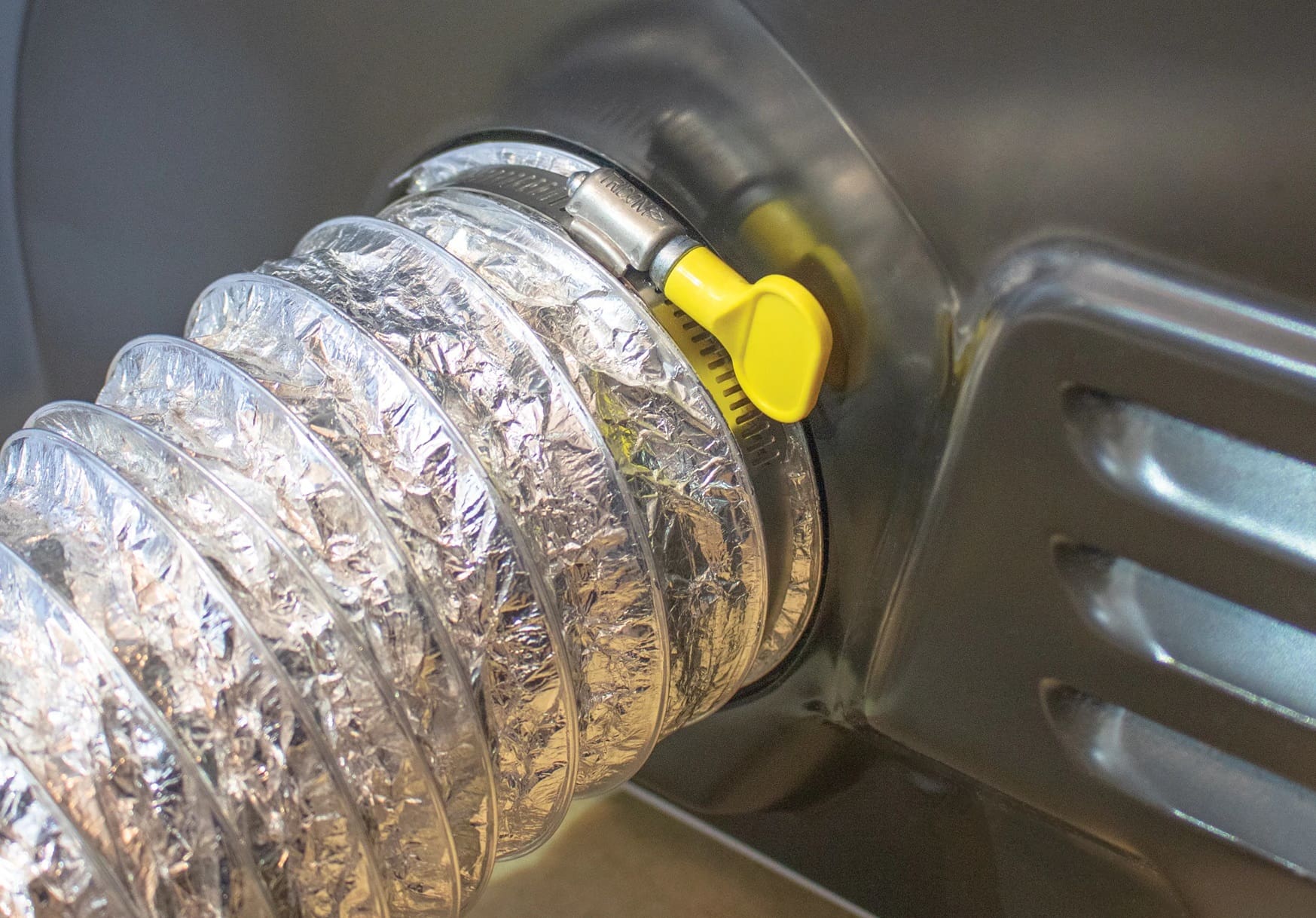
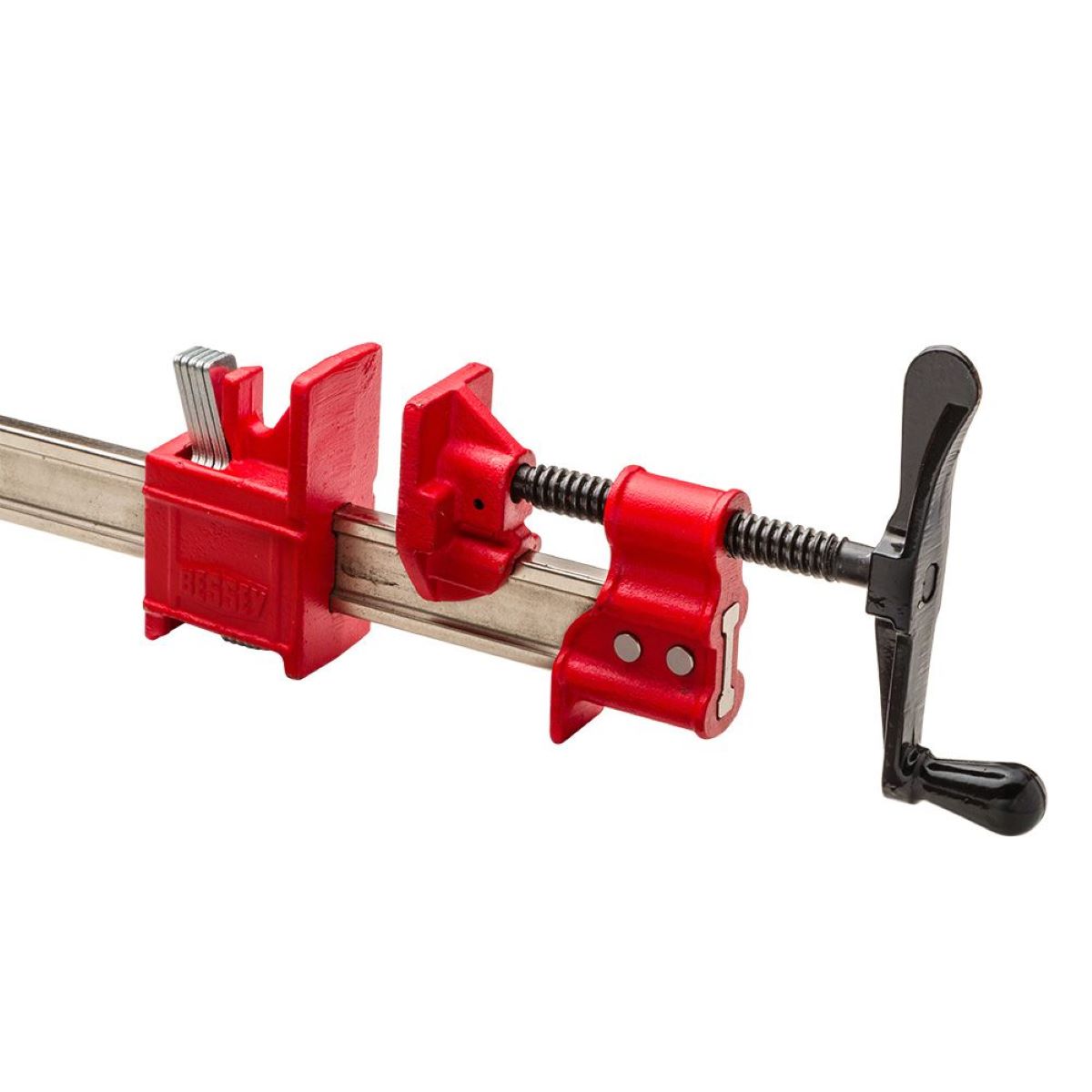
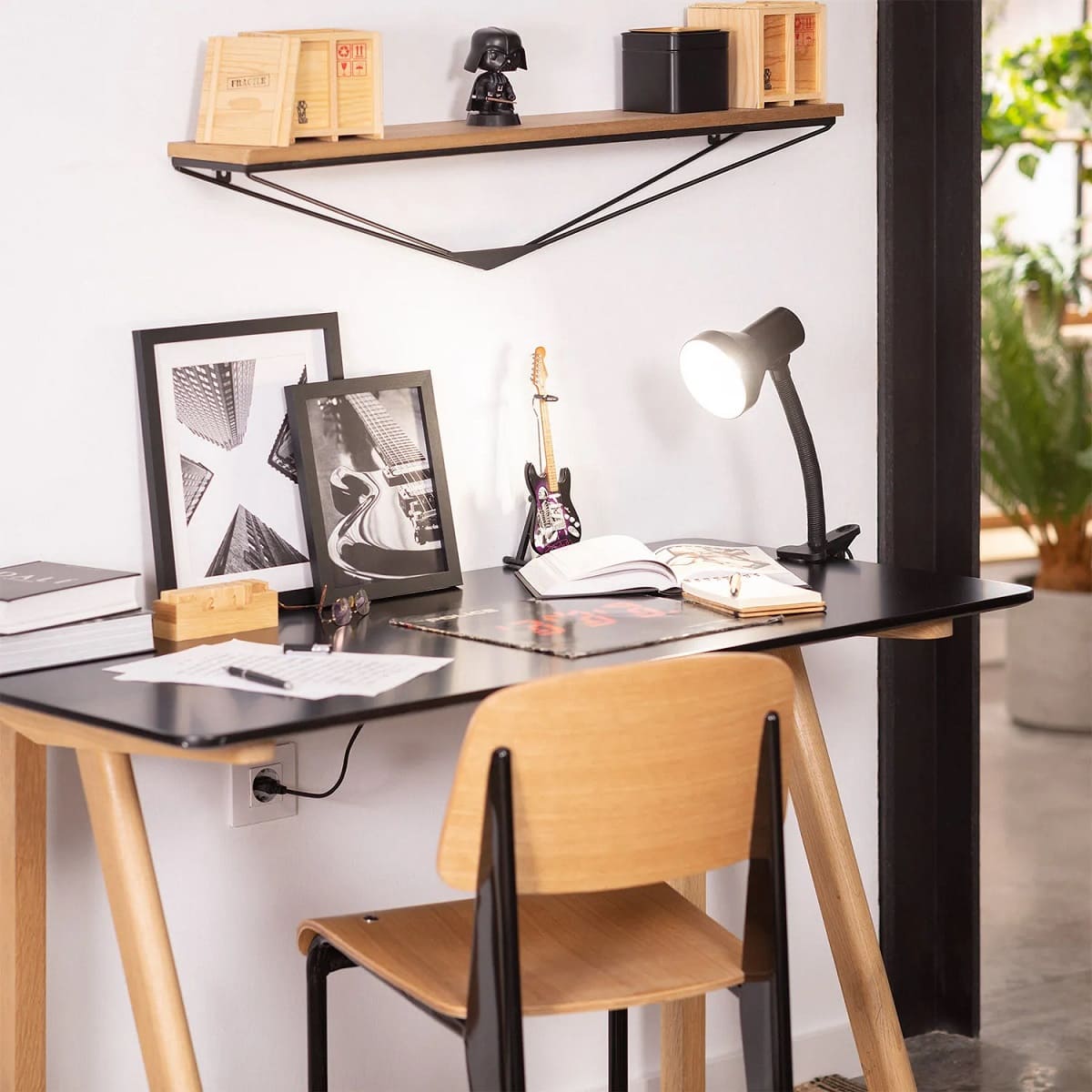
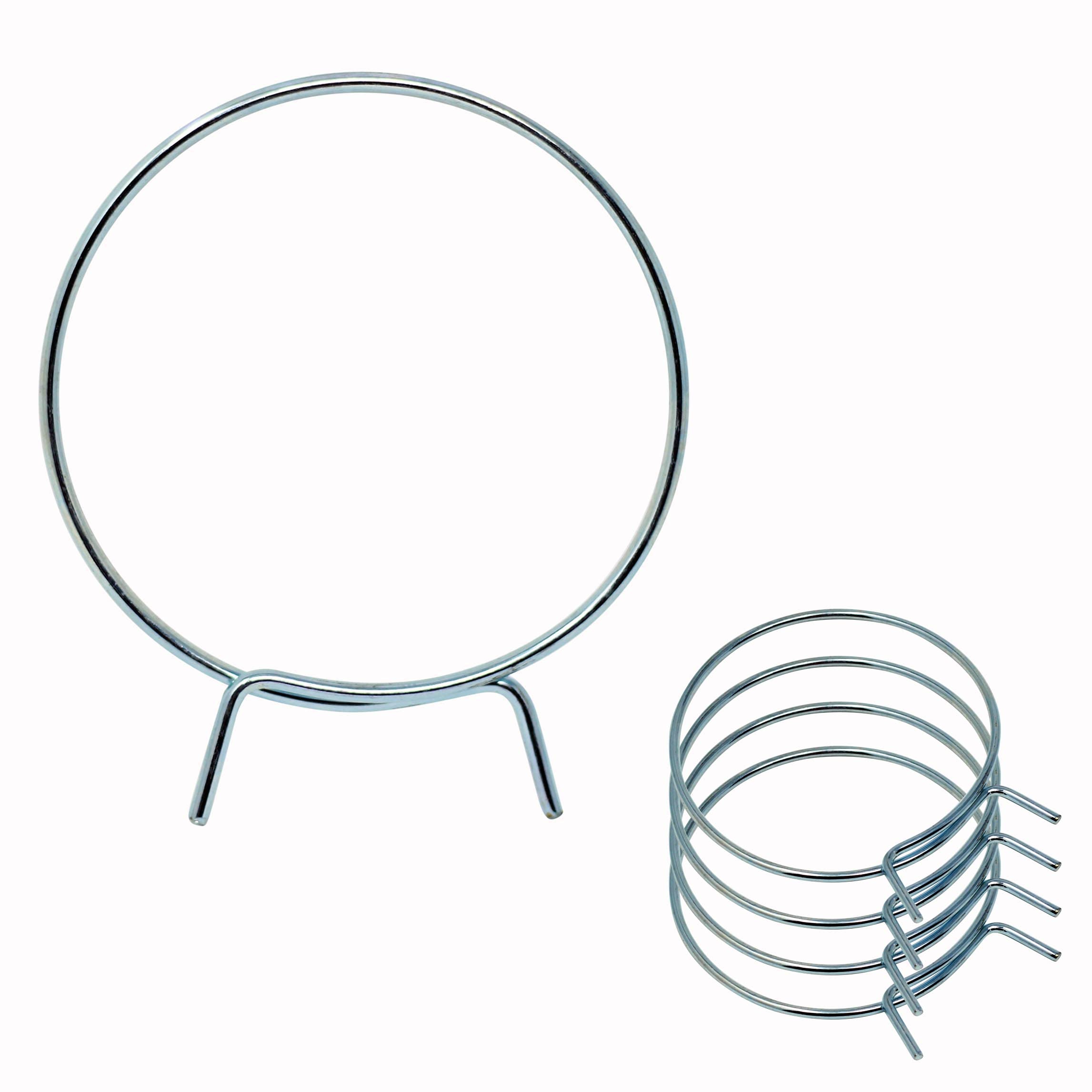
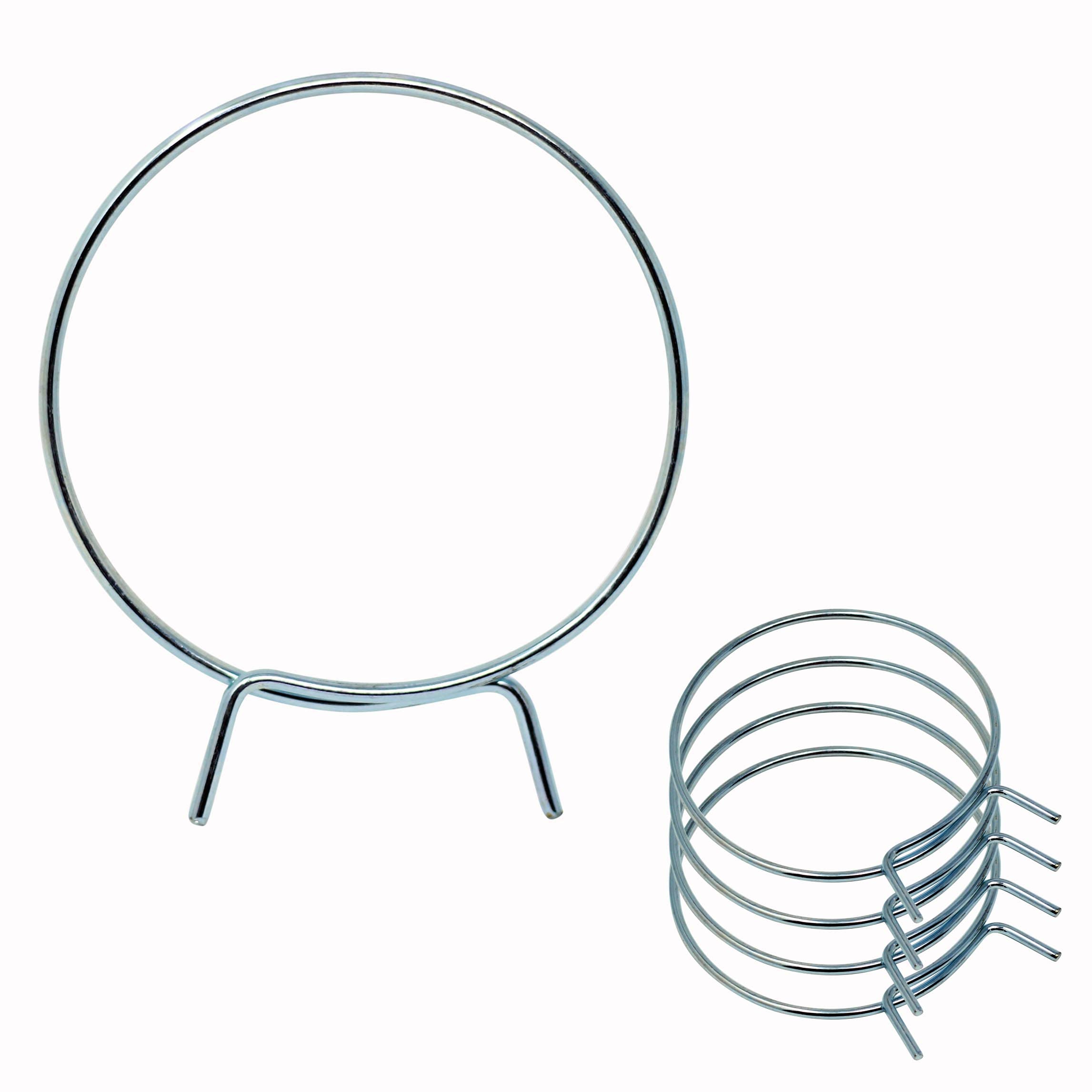
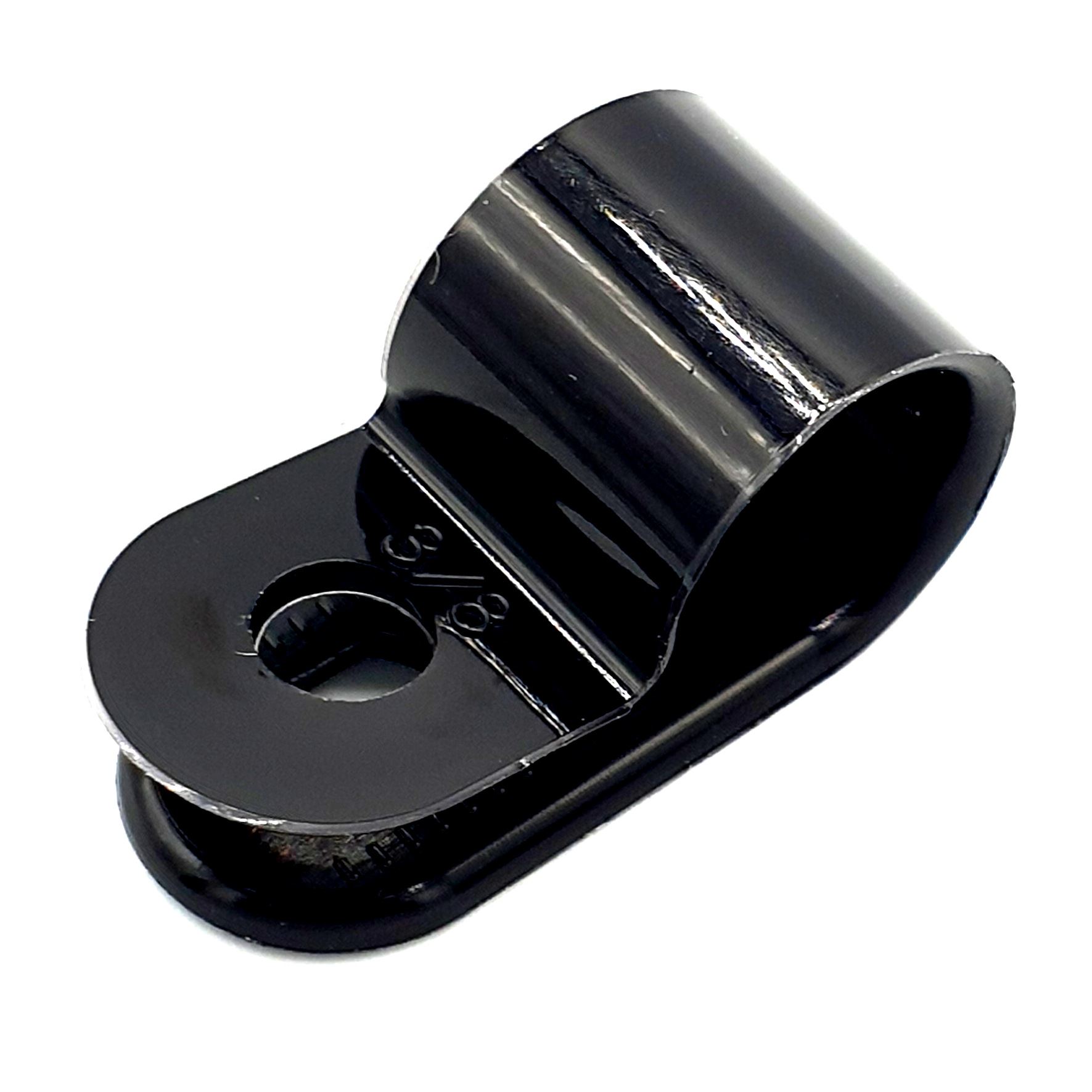
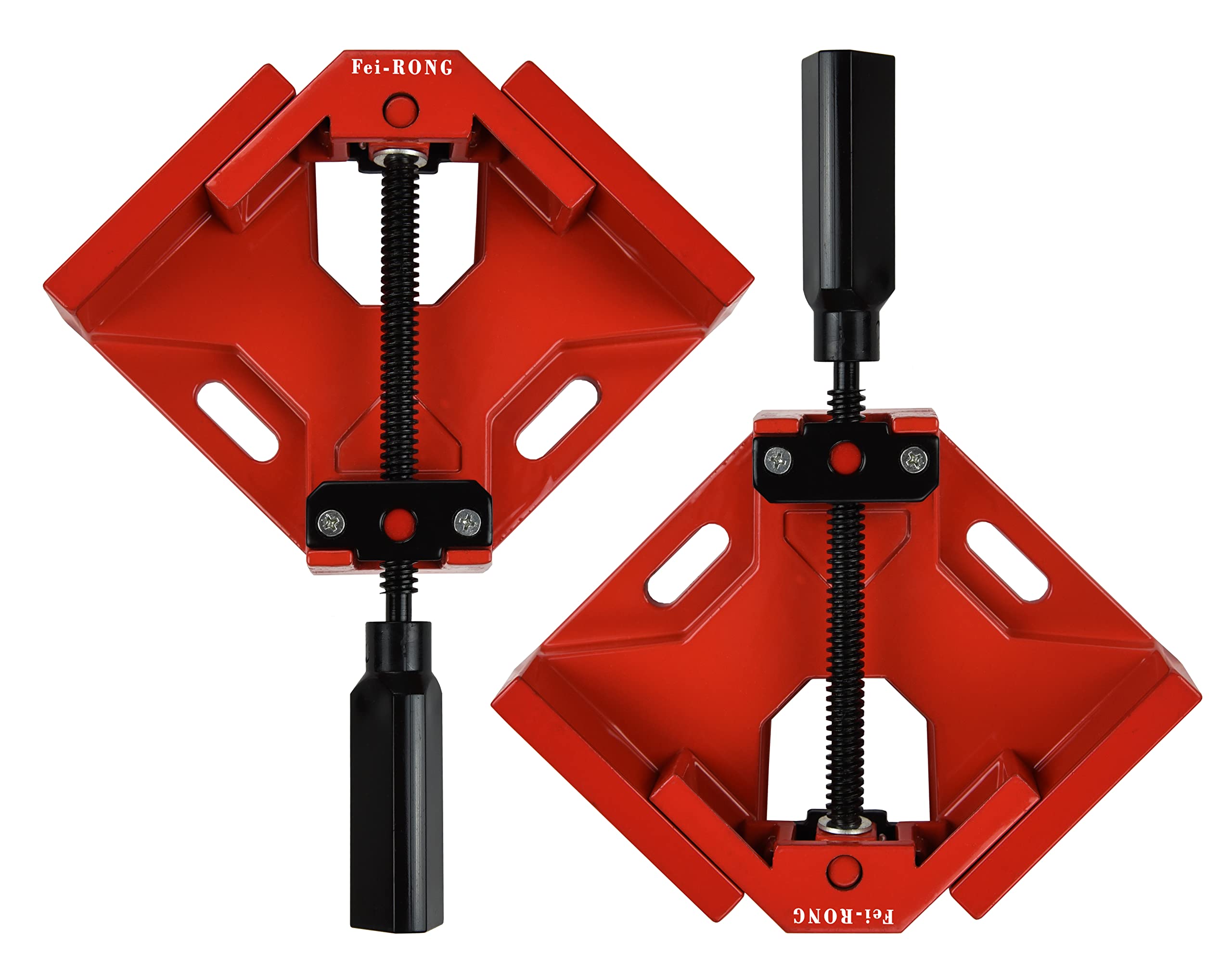
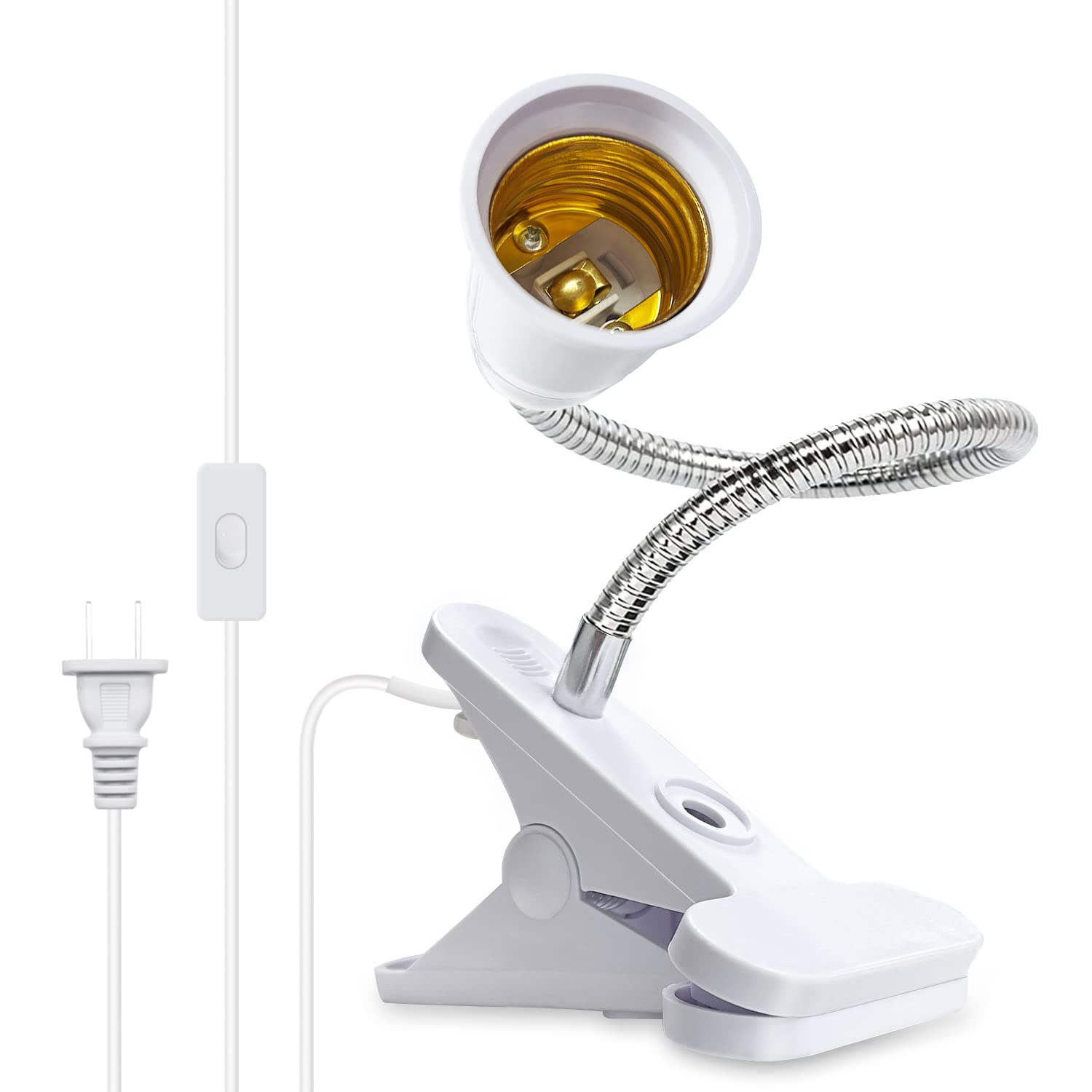
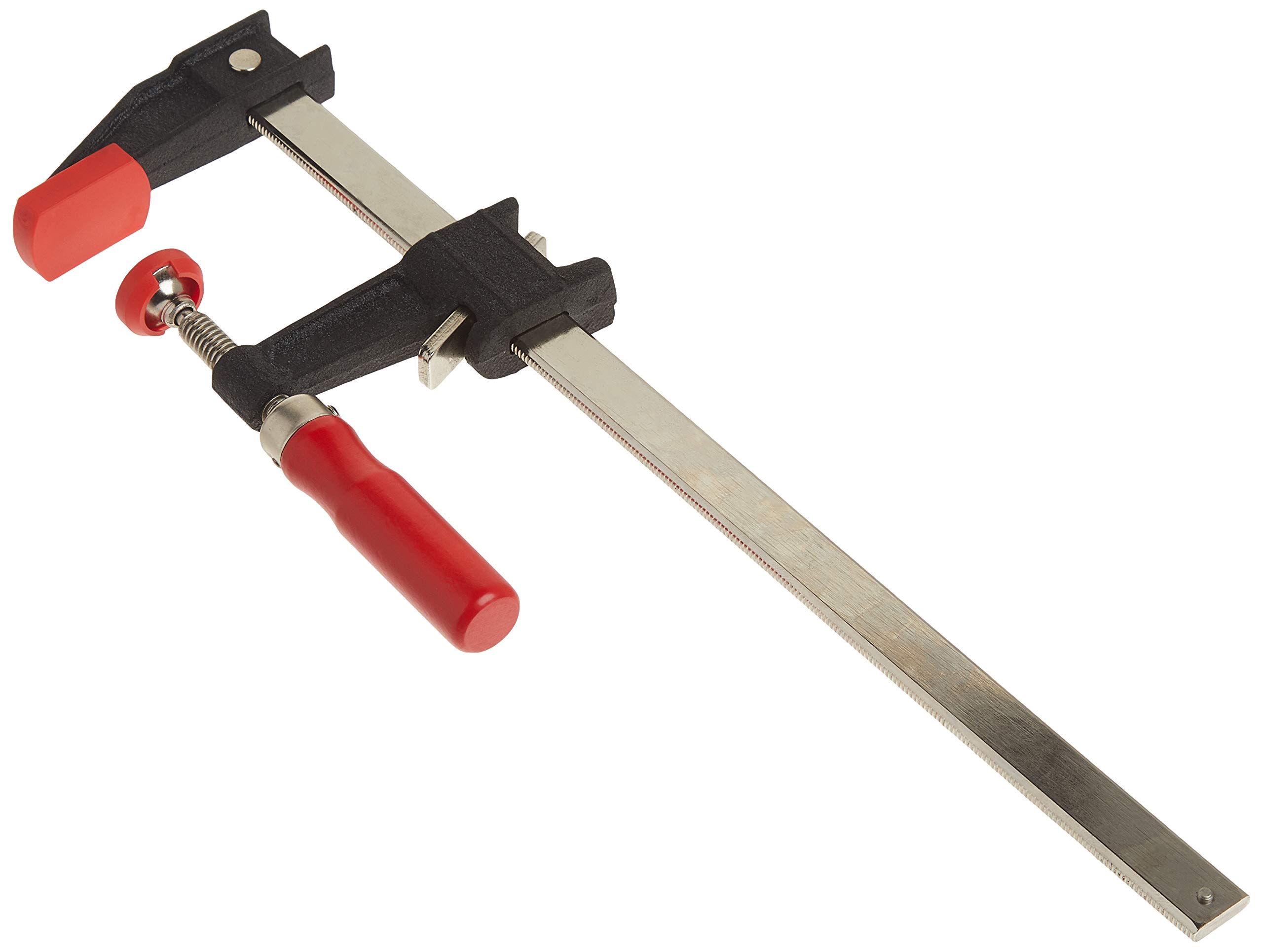
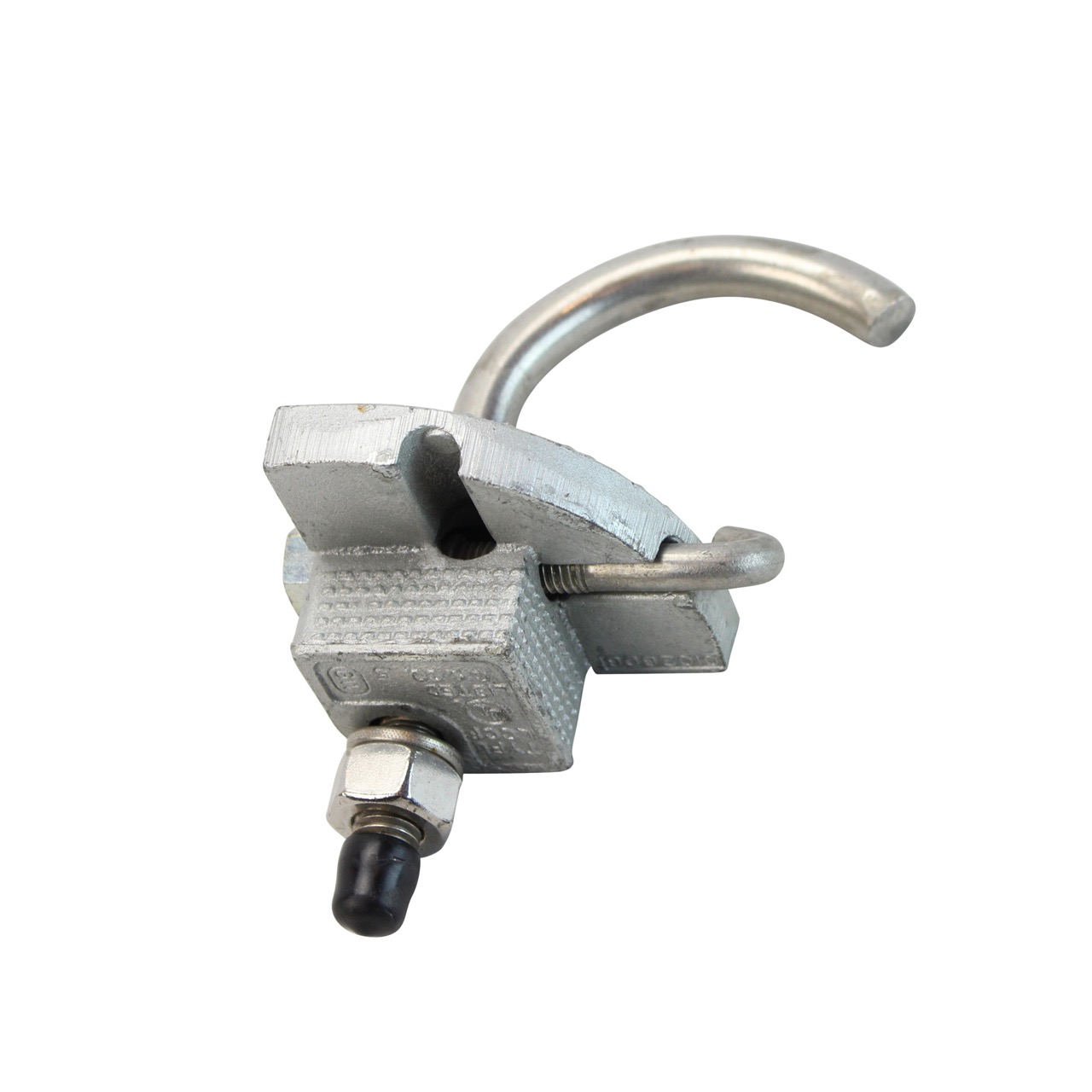
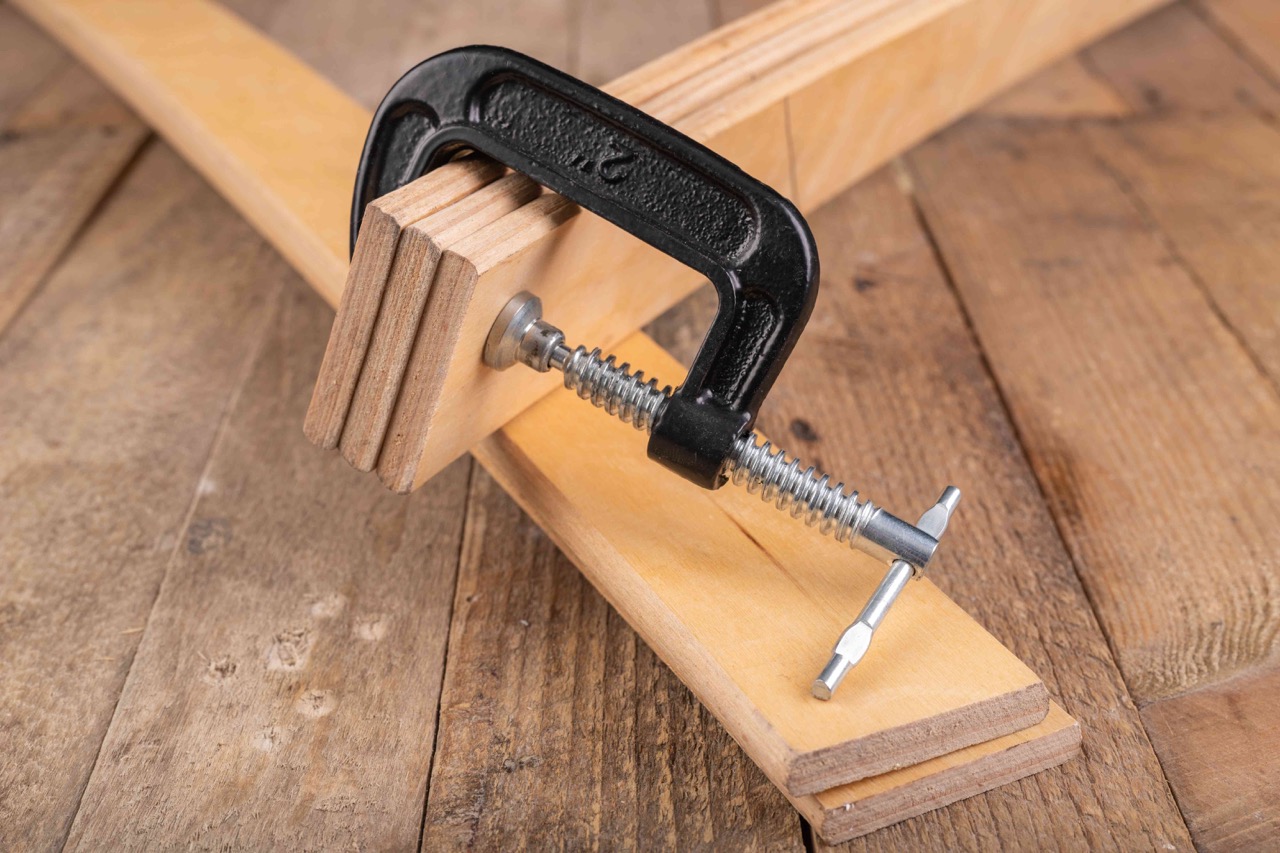

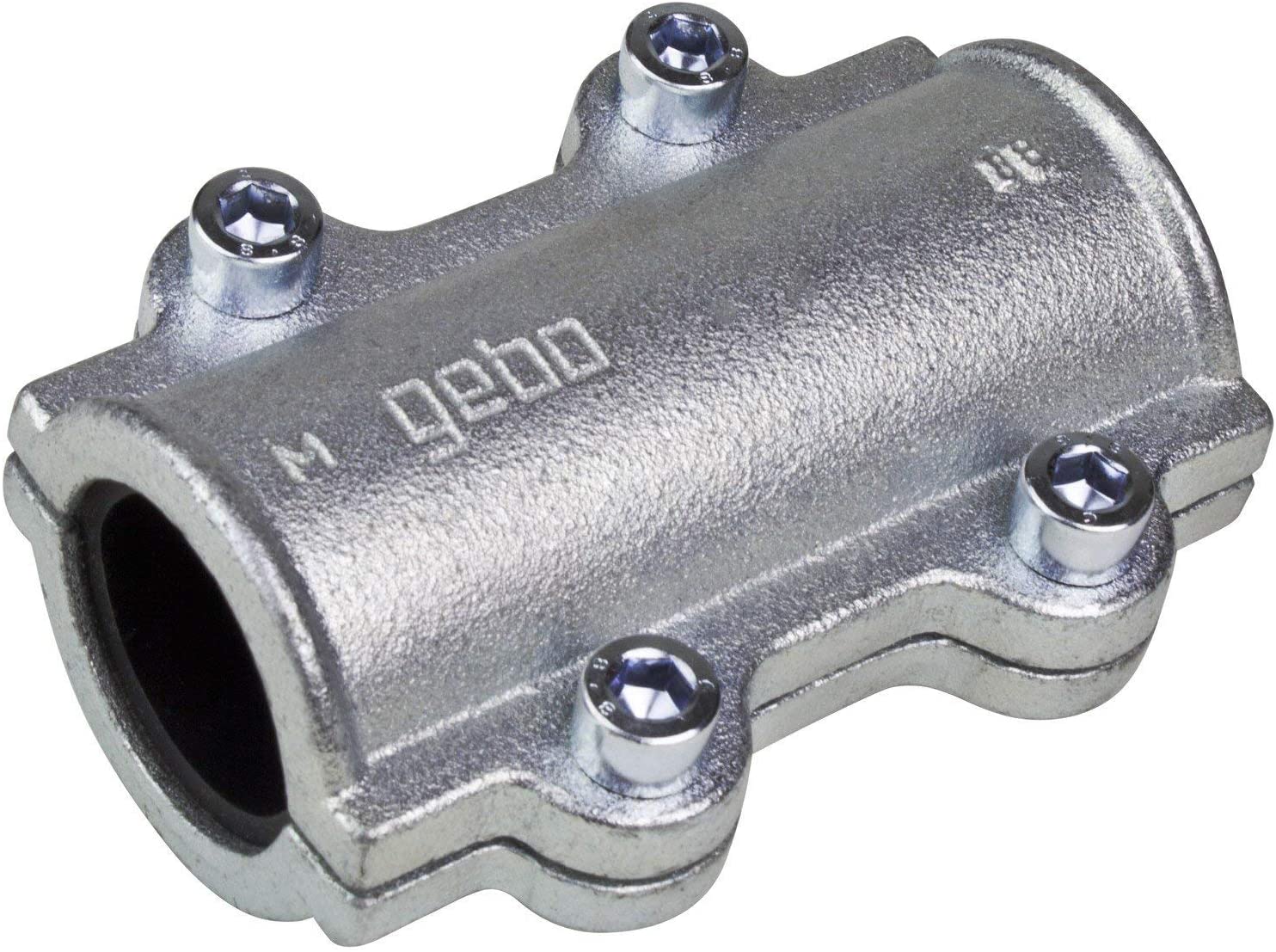

0 thoughts on “How To Store Clamps”